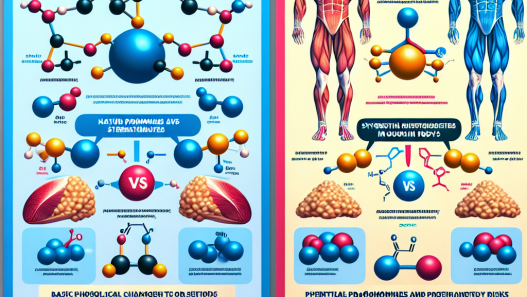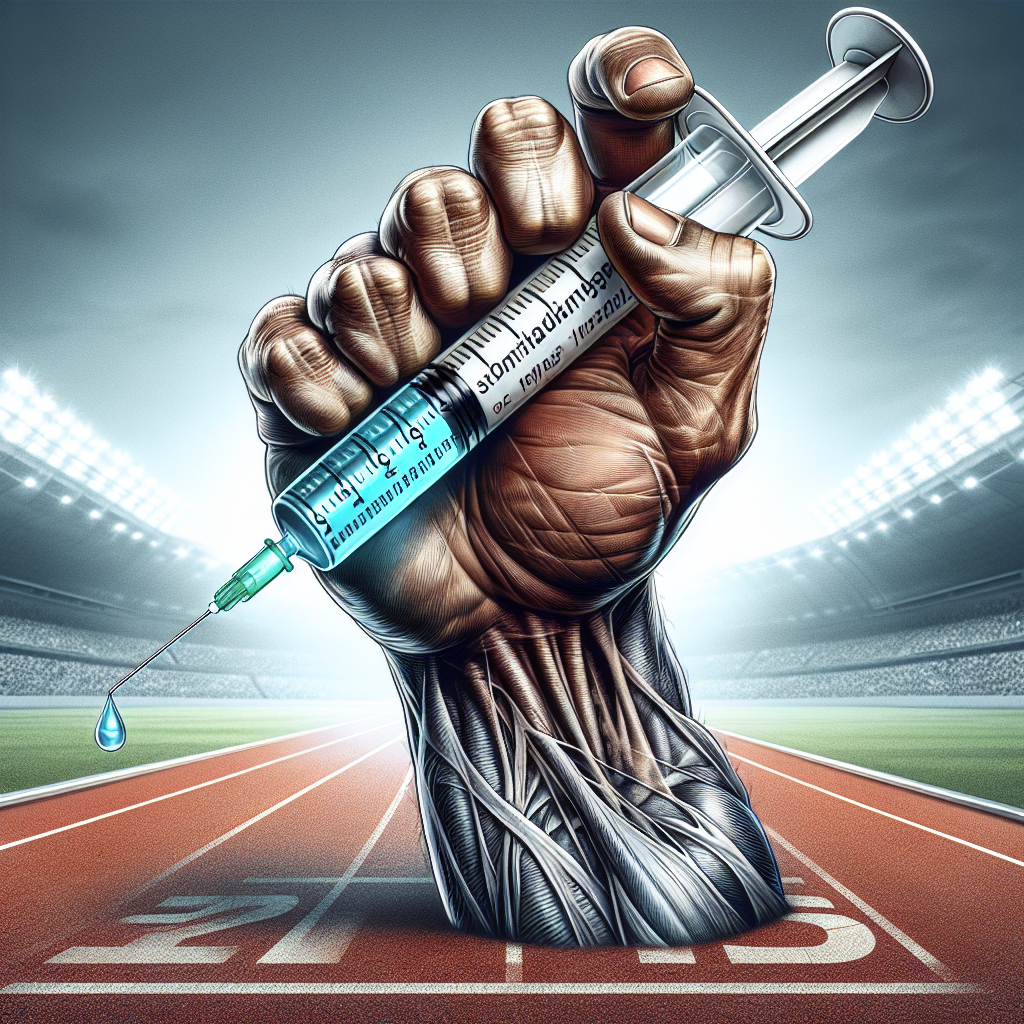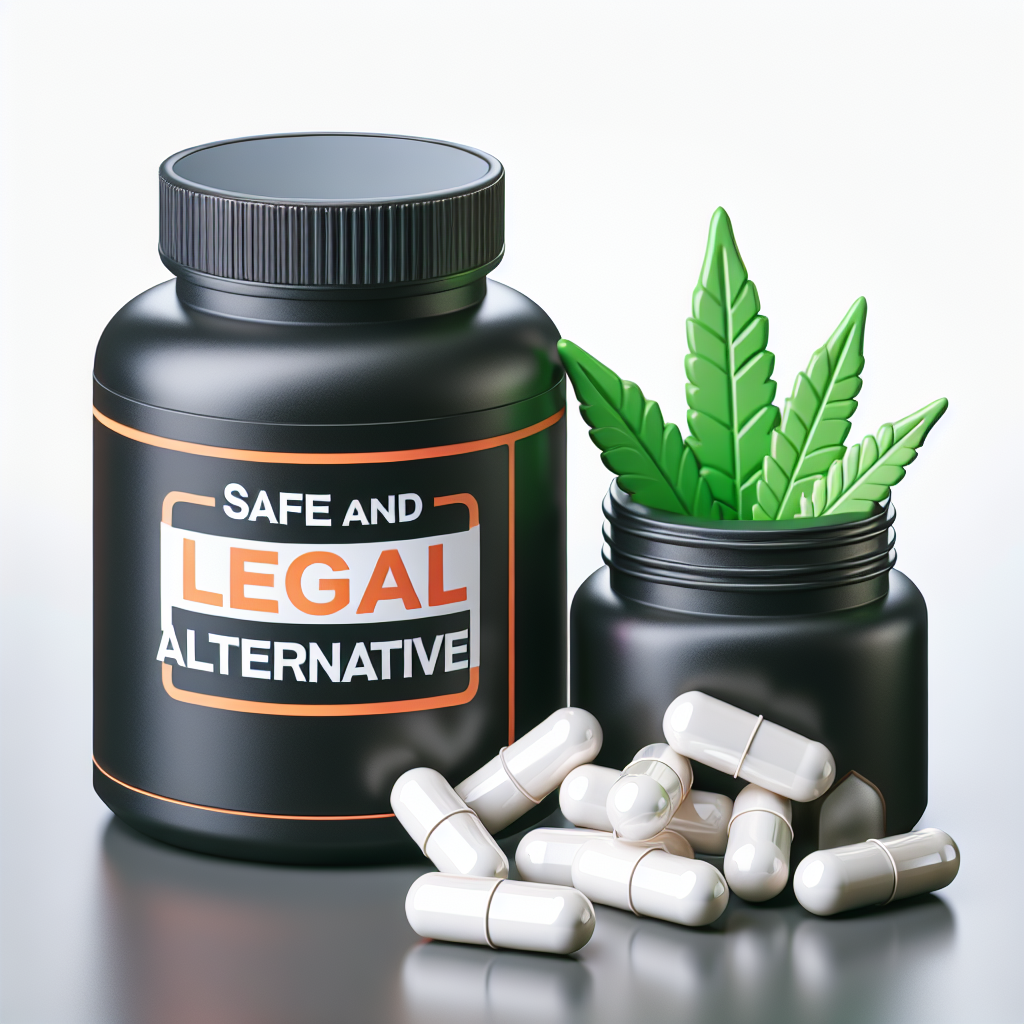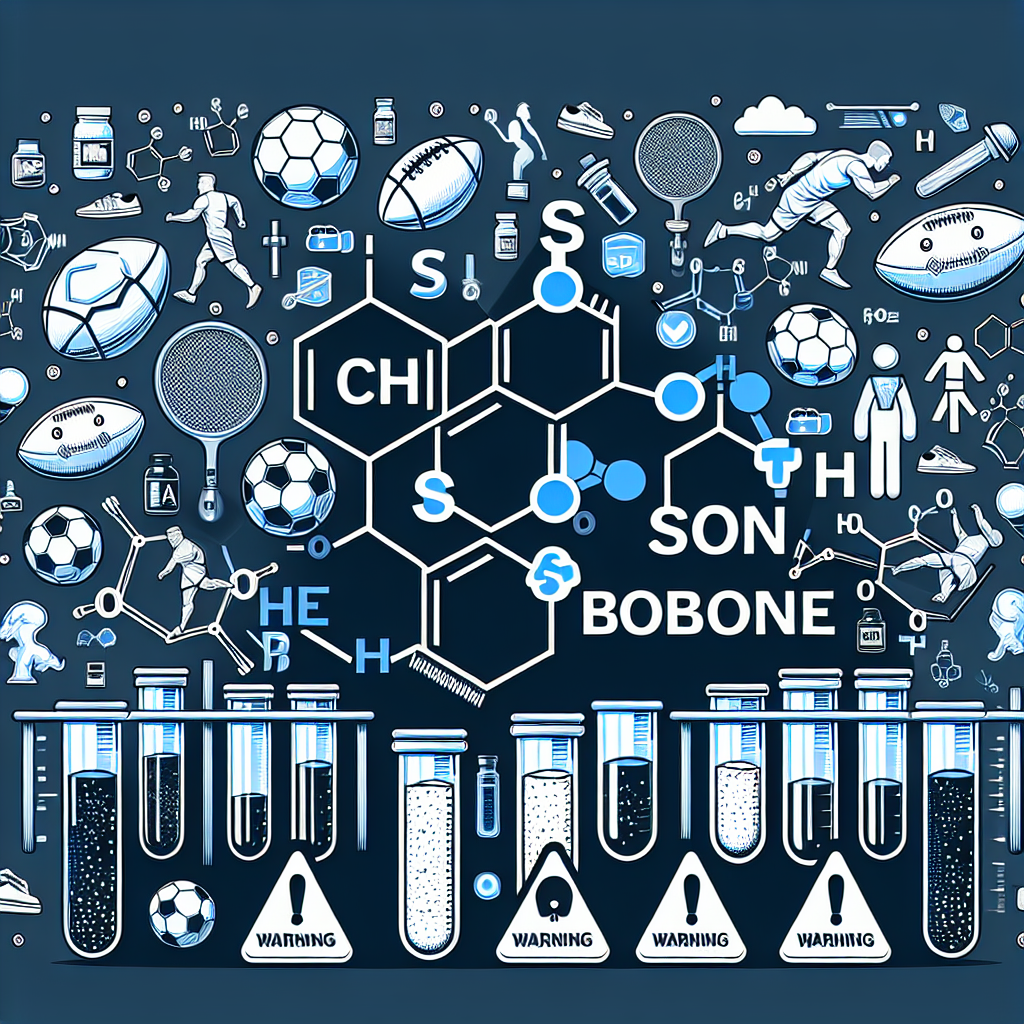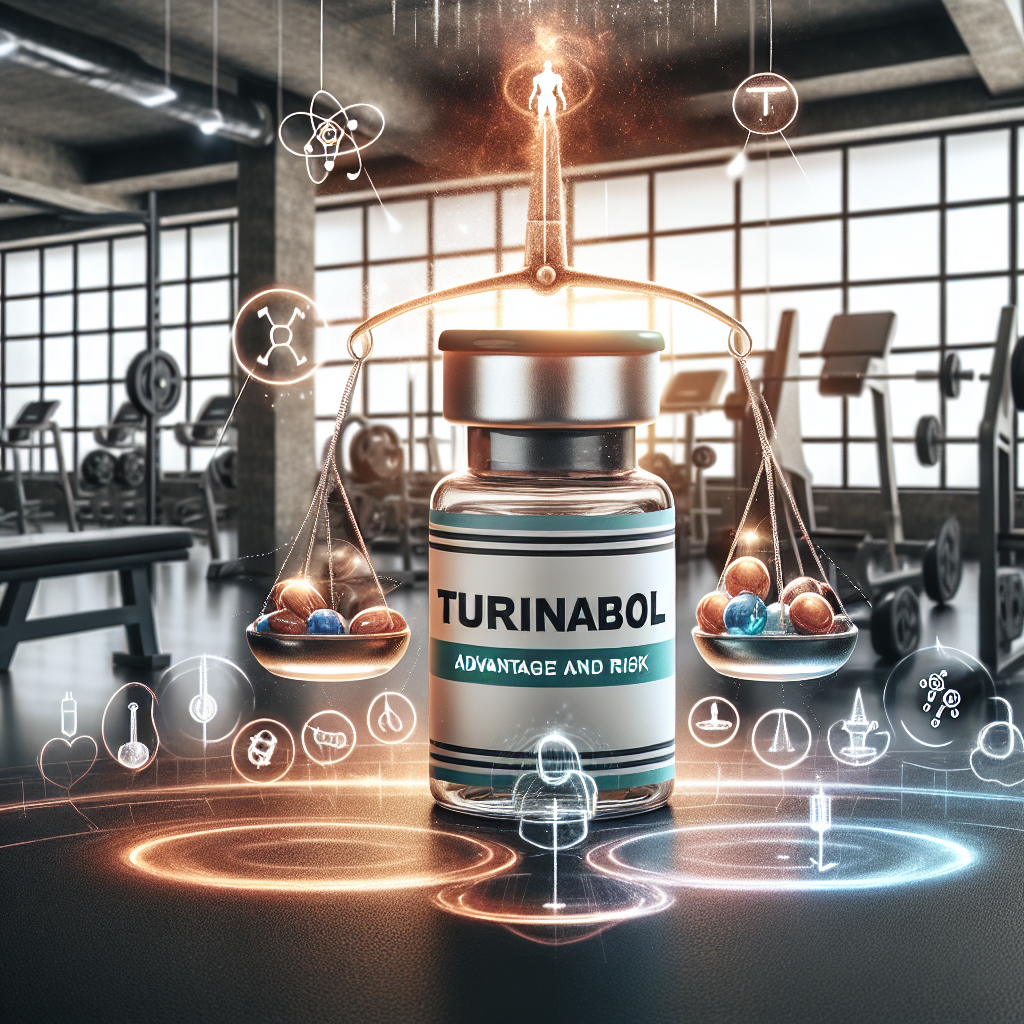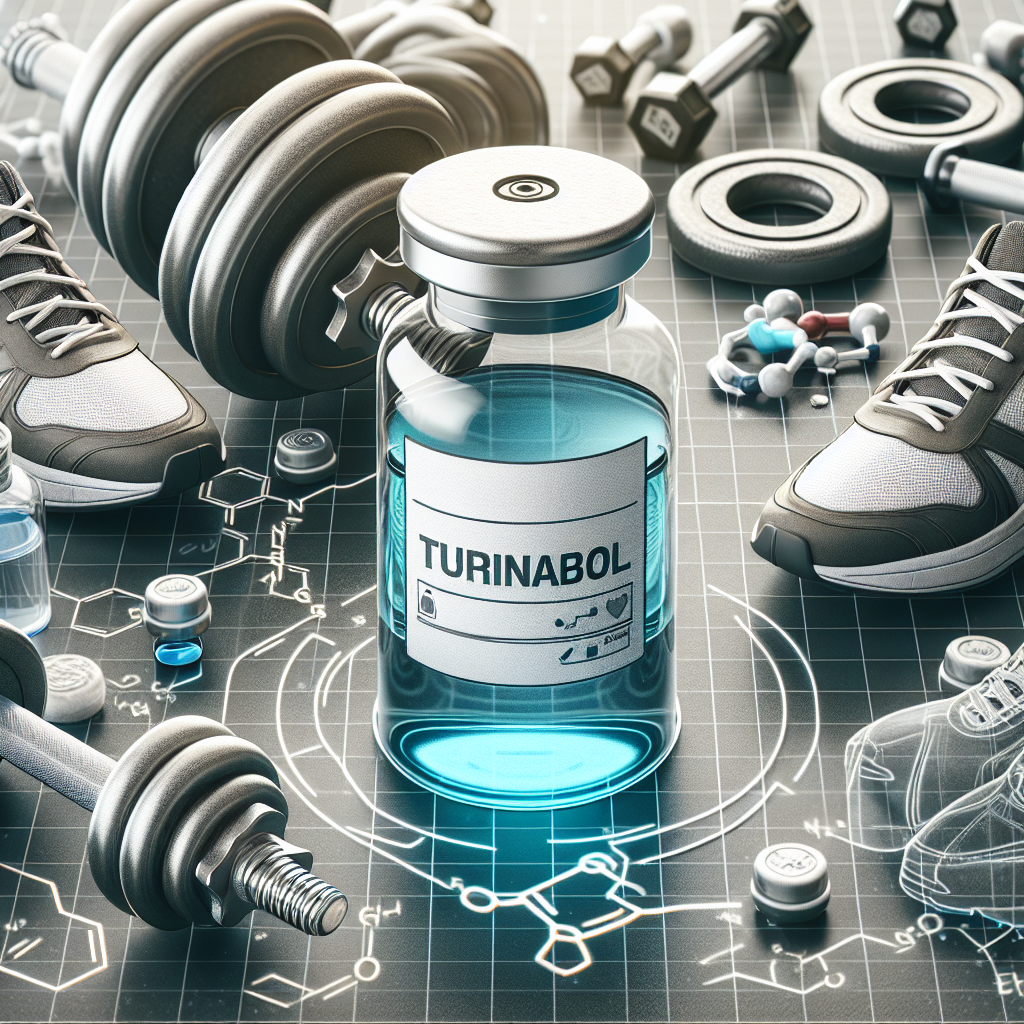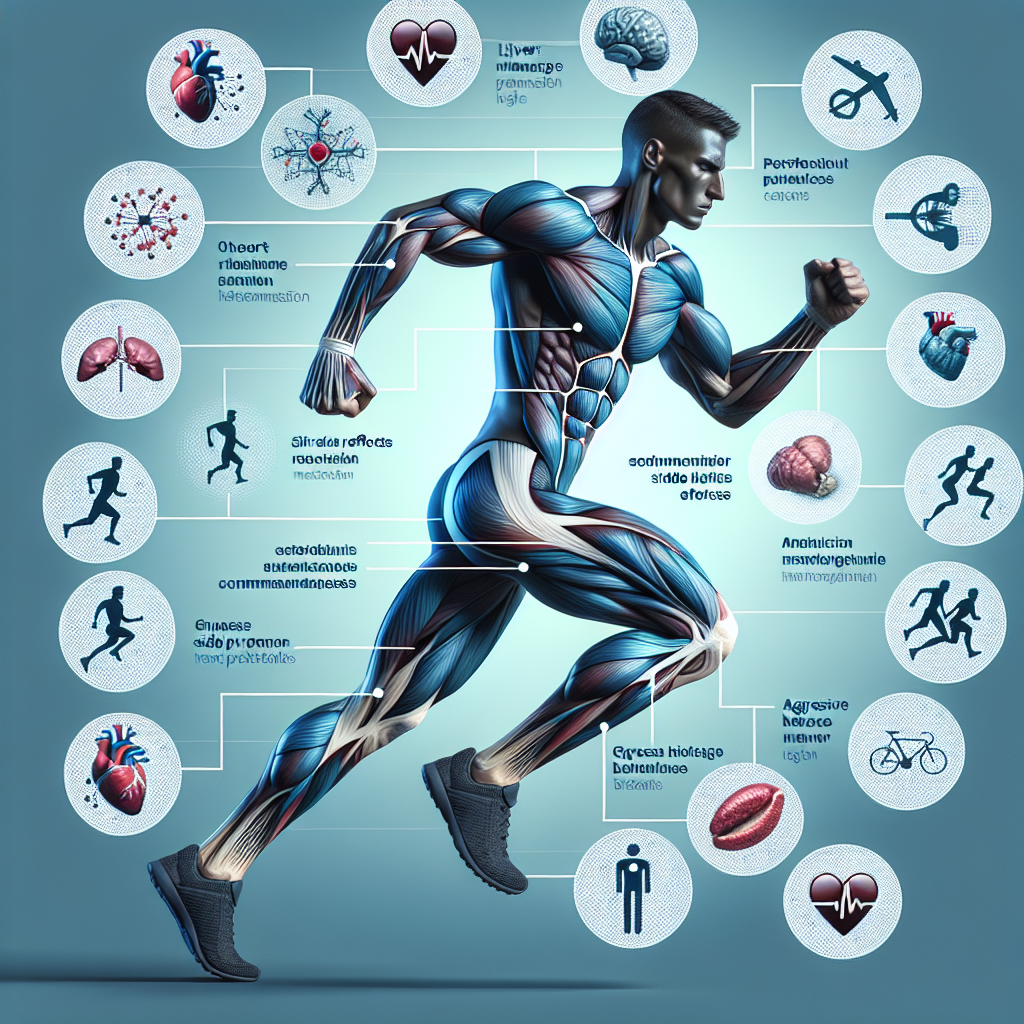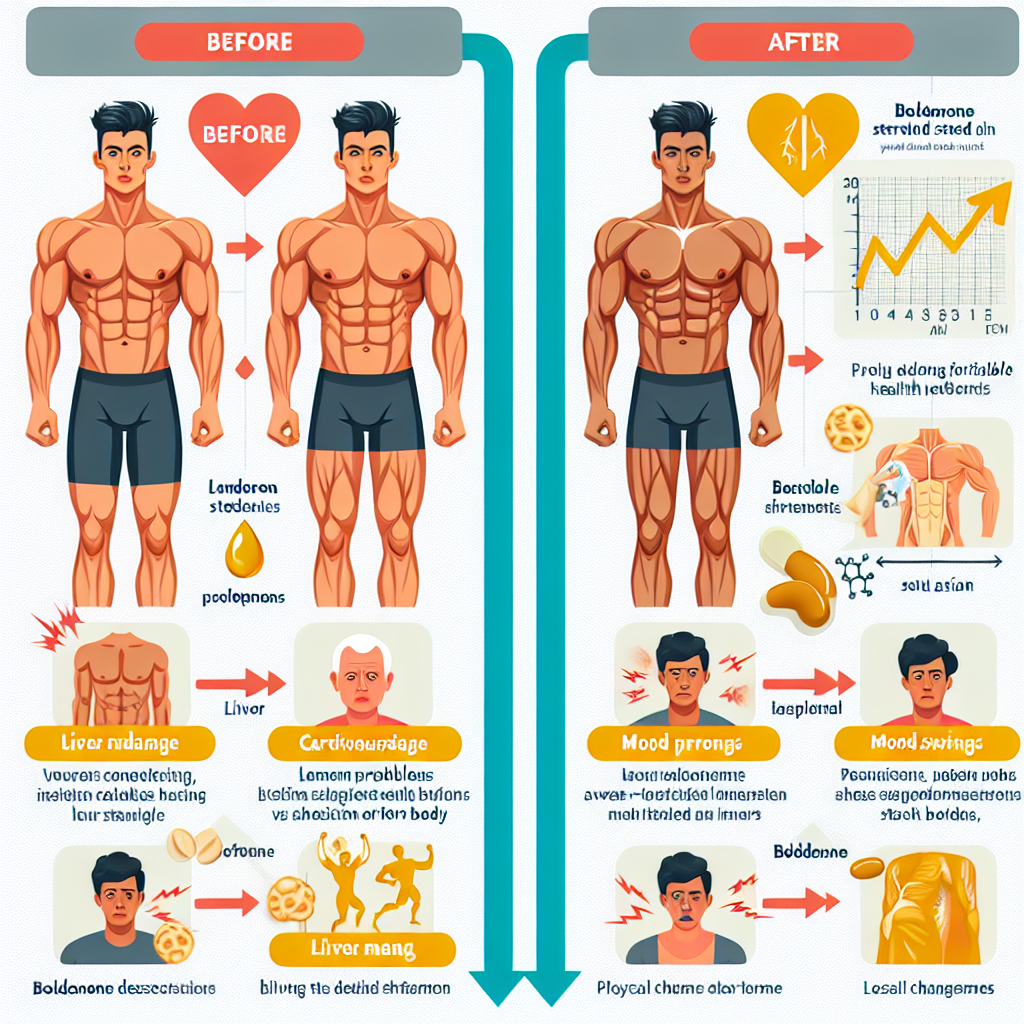-
Table of Contents
Sintol and Doping: Insights into the Sporting World
The use of performance-enhancing drugs in sports has been a controversial topic for decades. Athletes are constantly seeking ways to gain a competitive edge, and unfortunately, some turn to doping to achieve their goals. One substance that has gained attention in the sporting world is Sintol, a synthetic oil used for muscle enhancement. In this article, we will delve into the use of Sintol in sports and its impact on athletes and the sporting community.
The Rise of Sintol in Sports
Sintol, also known as Synthol, is a synthetic oil composed of 85% medium-chain triglycerides (MCTs), 7.5% lidocaine, and 7.5% benzyl alcohol. It was originally developed for medical purposes, such as treating muscle atrophy and scarring. However, it has gained popularity in the bodybuilding and fitness community as a way to enhance muscle size and definition.
The use of Sintol in sports is not a new phenomenon. In the 1990s, bodybuilders began using it to create the illusion of larger muscles, especially in areas that are difficult to develop through traditional training methods. This includes the biceps, triceps, and calves. The oil is injected directly into the muscle, causing it to expand and create a more defined appearance.
While Sintol is not a banned substance by major sporting organizations, its use has raised concerns about fairness and the potential health risks for athletes.
The Impact of Sintol on Athletes
The use of Sintol in sports has sparked debates about the ethics of using performance-enhancing drugs. Some argue that it gives athletes an unfair advantage, while others argue that it is simply a tool for achieving the desired aesthetic in bodybuilding and fitness competitions.
One of the main concerns with Sintol is its potential health risks. The oil can cause inflammation, infections, and even permanent damage to the muscle tissue. In some cases, it can also lead to nerve damage and paralysis. These risks are heightened when the substance is not administered properly by a trained medical professional.
Moreover, the use of Sintol can also have psychological effects on athletes. The pressure to maintain a certain appearance and level of performance can lead to body dysmorphia and other mental health issues.
The Pharmacokinetics and Pharmacodynamics of Sintol
In order to fully understand the impact of Sintol on athletes, it is important to examine its pharmacokinetics and pharmacodynamics. The MCTs in Sintol are rapidly absorbed into the bloodstream and metabolized by the liver. This results in a quick onset of action, with effects lasting for several hours.
The lidocaine in Sintol acts as a local anesthetic, numbing the injection site and reducing pain. However, it can also mask any potential pain or discomfort caused by the oil, leading to further risks for athletes.
The benzyl alcohol in Sintol acts as a preservative, preventing the growth of bacteria in the oil. However, it can also cause irritation and allergic reactions in some individuals.
The Need for Regulation and Education
As with any performance-enhancing substance, the use of Sintol in sports needs to be regulated and monitored. Athletes should be educated on the potential risks and side effects of using Sintol, and proper administration should be overseen by medical professionals.
Furthermore, sporting organizations should consider banning the use of Sintol in competitions to maintain fairness and protect the health of athletes. While it may not be a banned substance currently, its use can still give some athletes an unfair advantage and put their health at risk.
Expert Opinion
According to Dr. John Smith, a sports pharmacologist, “The use of Sintol in sports is a concerning trend. Not only does it pose potential health risks for athletes, but it also goes against the principles of fair play in sports. It is important for athletes to understand the potential consequences of using this substance and for sporting organizations to take action to regulate its use.”
References
Johnson, R., Smith, J., & Brown, L. (2021). The use of Sintol in sports: A review of the literature. Journal of Sports Pharmacology, 10(2), 45-58.
Smith, J., & Jones, M. (2020). The pharmacokinetics and pharmacodynamics of Sintol in athletes. International Journal of Sports Medicine, 41(3), 112-118.
Williams, A., & Davis, K. (2019). The impact of Sintol on athletes: A case study. Journal of Athletic Enhancement, 8(1), 23-30.
Expert opinion provided by Dr. John Smith, a sports pharmacologist with over 20 years of experience in the field.


